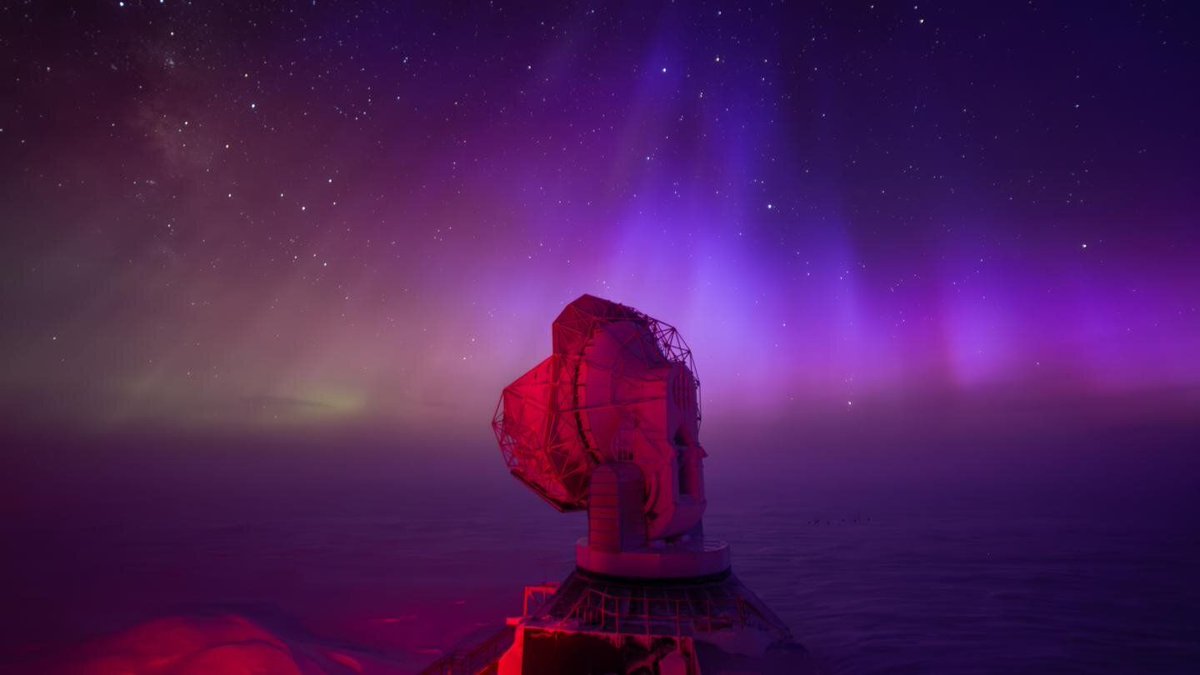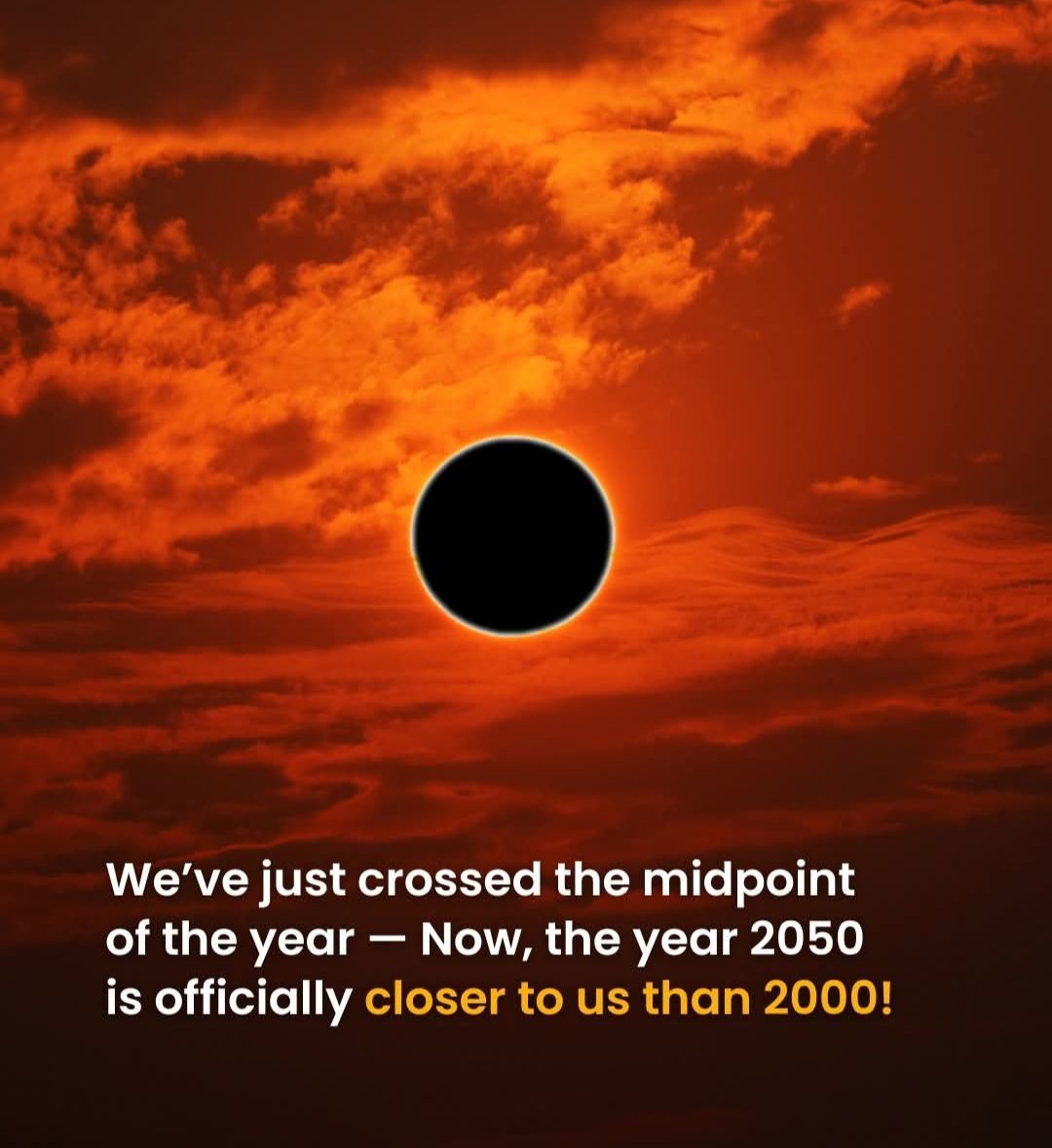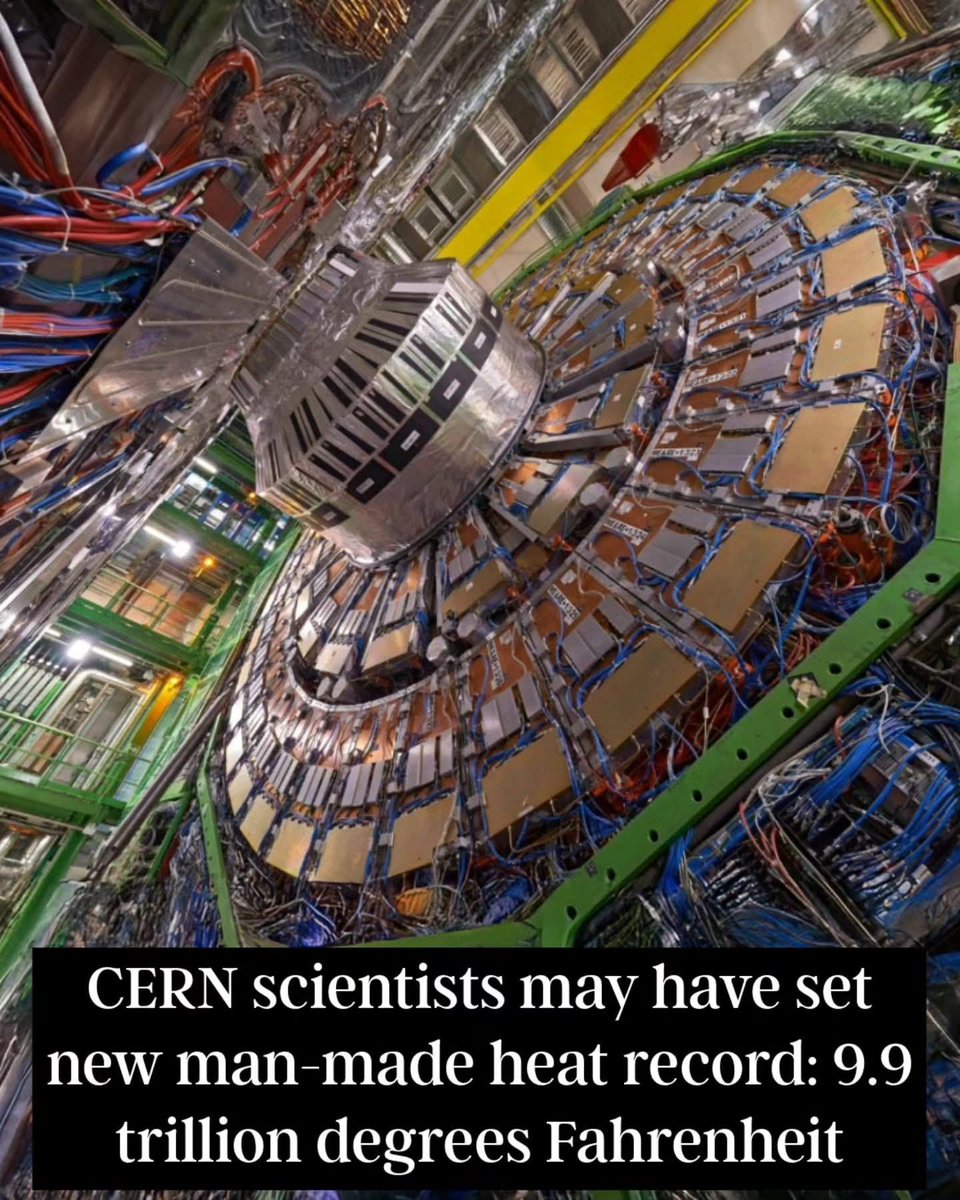
Physics & Astronomy Zone
@zone_astronomy
Science Educational Website Welcome to the official page of Physics & Astronomy Zone. This page is primarily Dedicated to physics and astronomy lovers.
What makes Jupiter’s moon Io the most volcanic world in our solar system? How did NASA’s Juno spacecraft capture the most powerful eruption ever seen there? What secrets does this fiery moon hold beneath its surface? Discover the intense volcanic activity reshaping Io, as…
In 2022, astronomers uncovered a colossal heatwave sweeping through Jupiter’s upper atmosphere—measuring an astonishing 130,000 kilometers (81,000 miles) across and reaching scorching temperatures of 700°C (1,292°F). This immense wave of heat, traveling at an extraordinary…
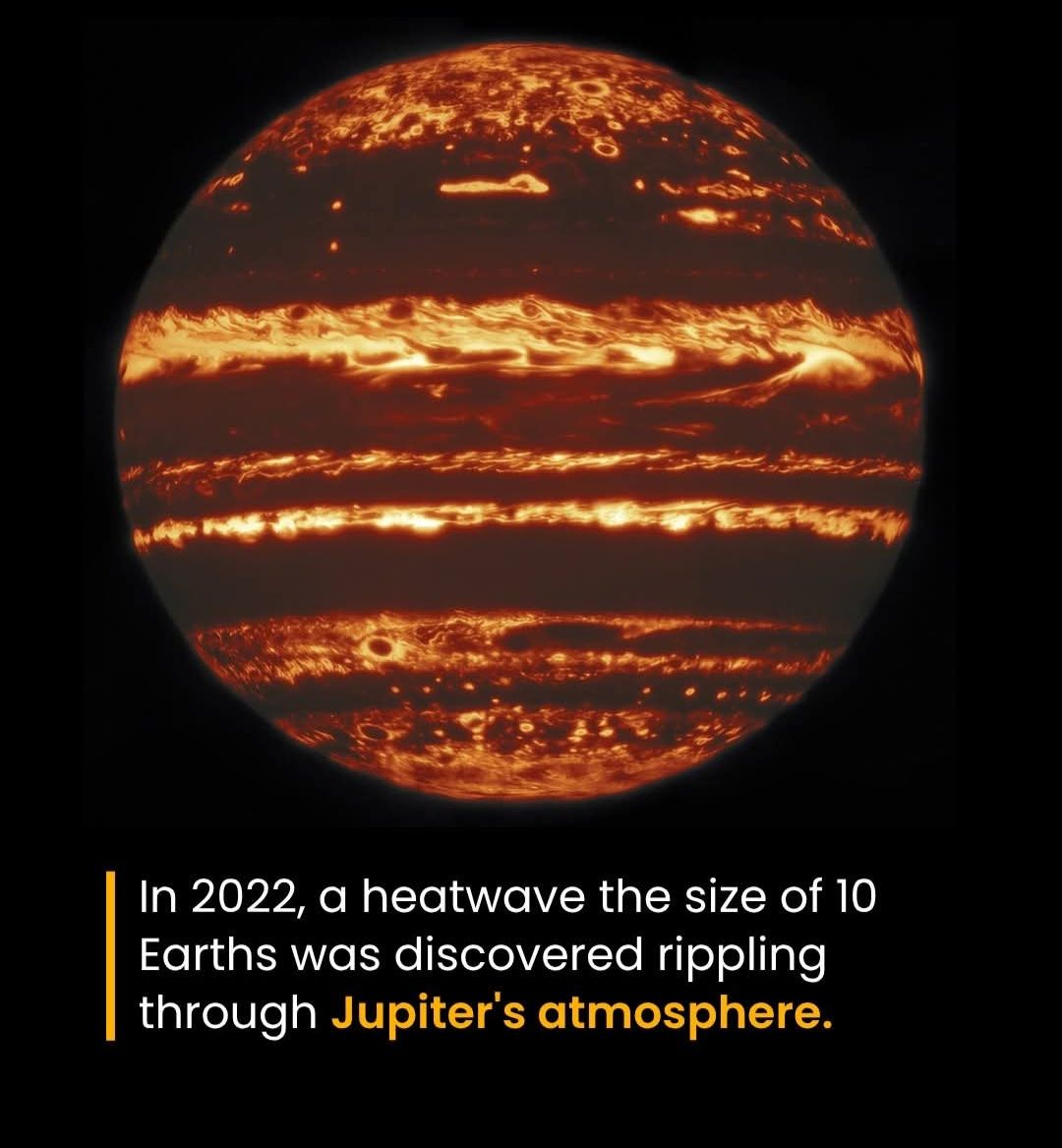
💎 NASA just found a diamond the size of a planet — and it’s 5x bigger than Earth! In a dazzling cosmic find, NASA scientists have identified an alien world that may be composed largely of diamond. Known as 55 Cancri e, this exoplanet is roughly five times the size of Earth and…
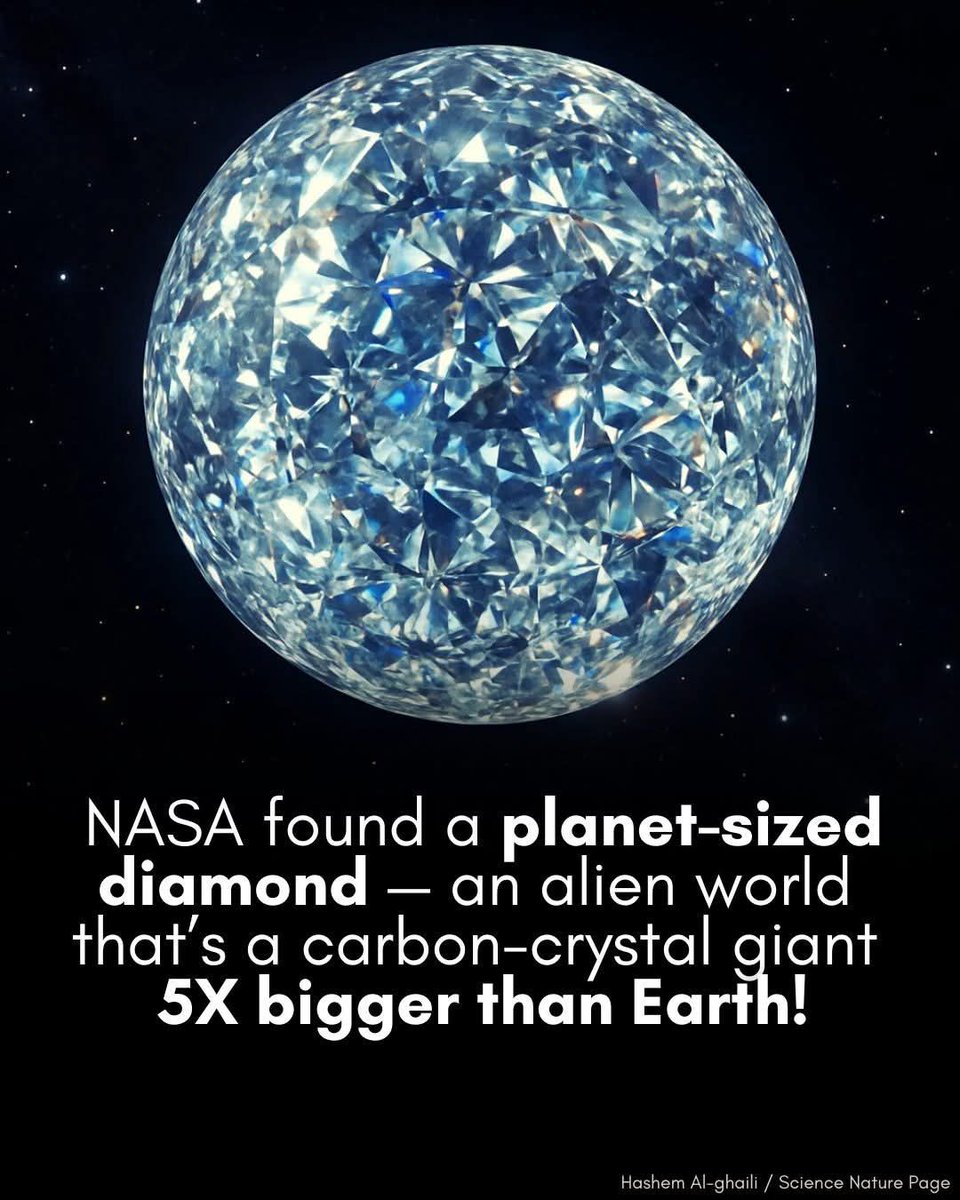
Last night's 99% Buck Moon rising above Yosemite National Park🤩🌕🌙
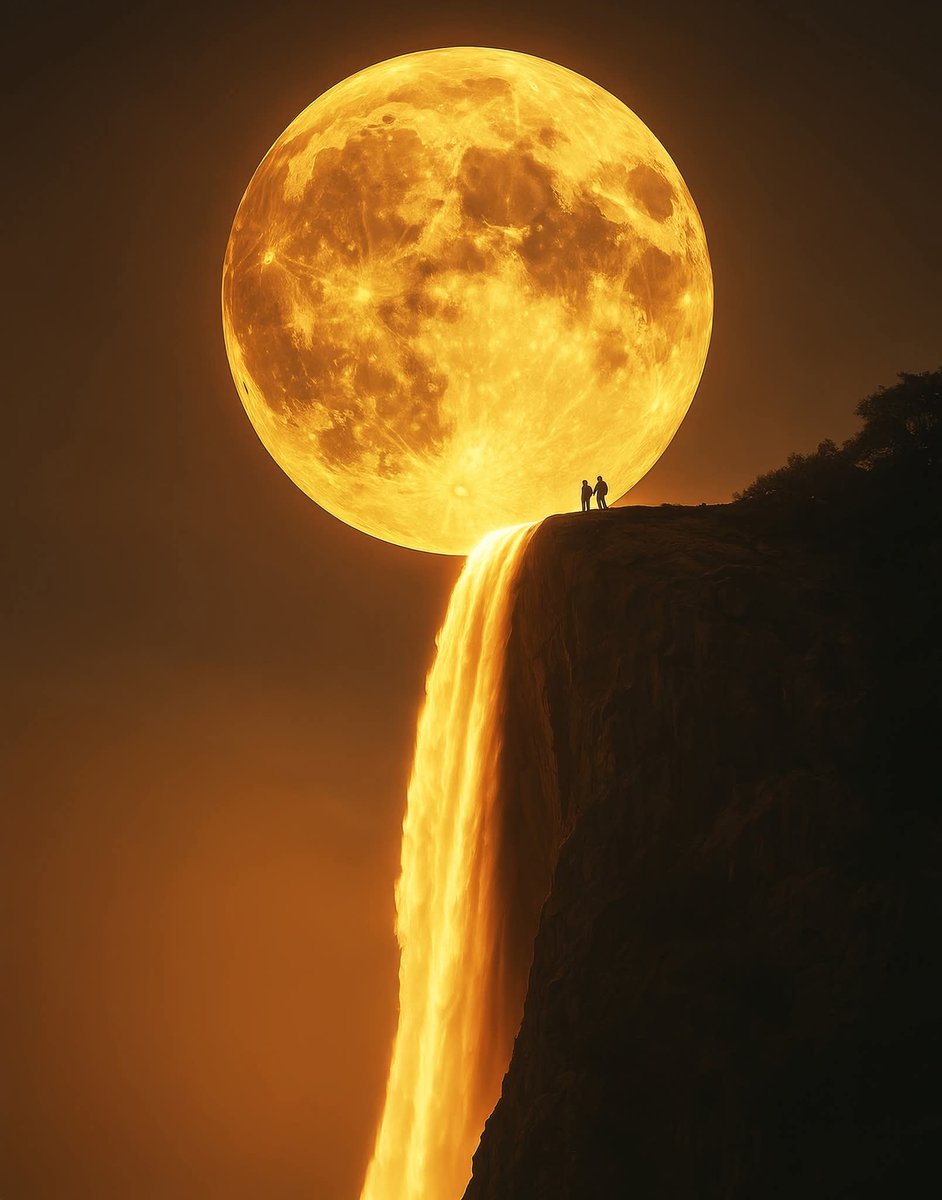
NASA has identified a young solar system forming approximately 400 light-years from Earth, offering a rare glimpse into the early stages of planetary system development. This discovery, observed using advanced telescopes like the Atacama Large Millimeter/submillimeter Array…
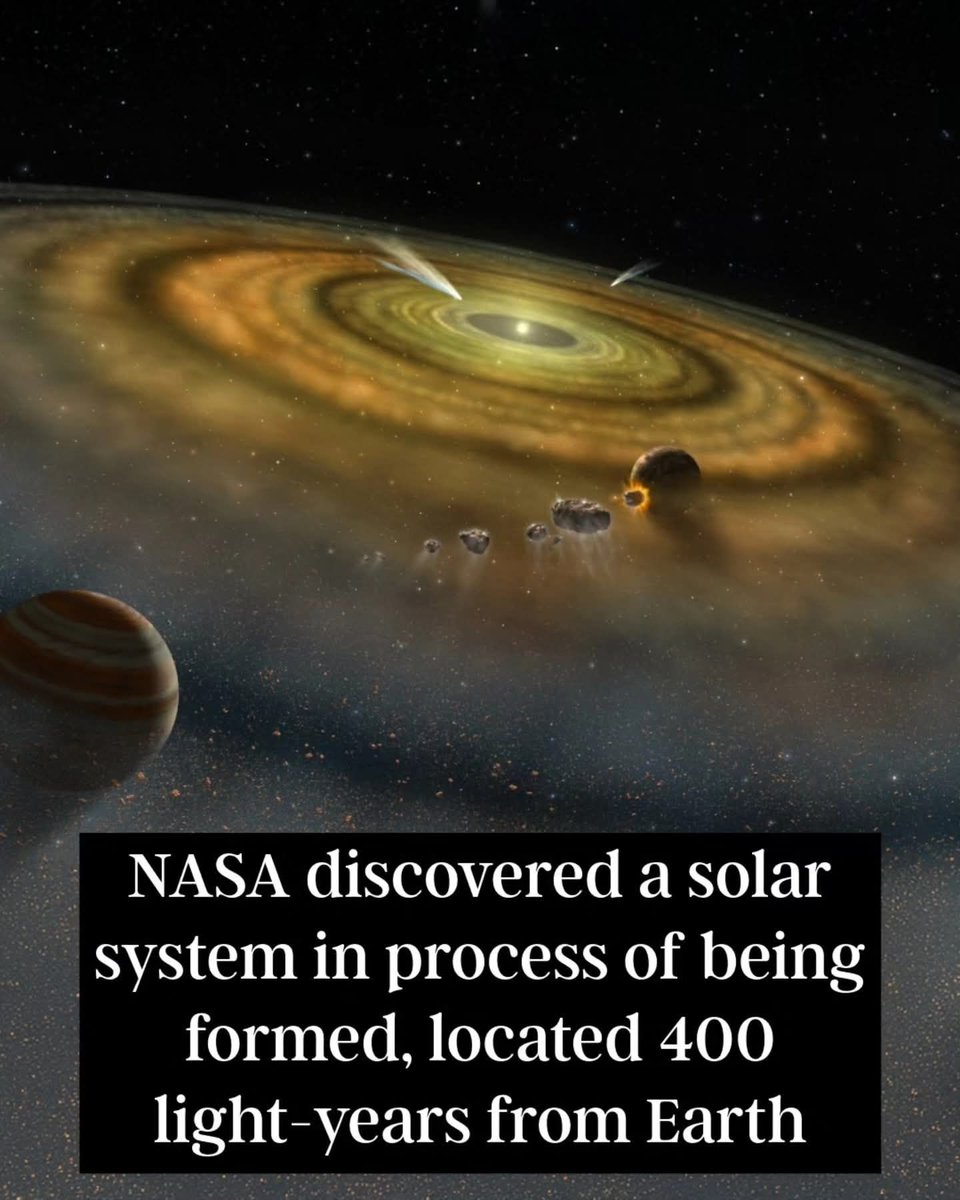
The Oort Cloud, a distant, spherical shell of icy bodies surrounding our solar system, marks its outer boundary and lies far beyond what most imagine. Even traveling at the speed of light—approximately 299,792 kilometers per second—it would take over a year to reach the Oort…
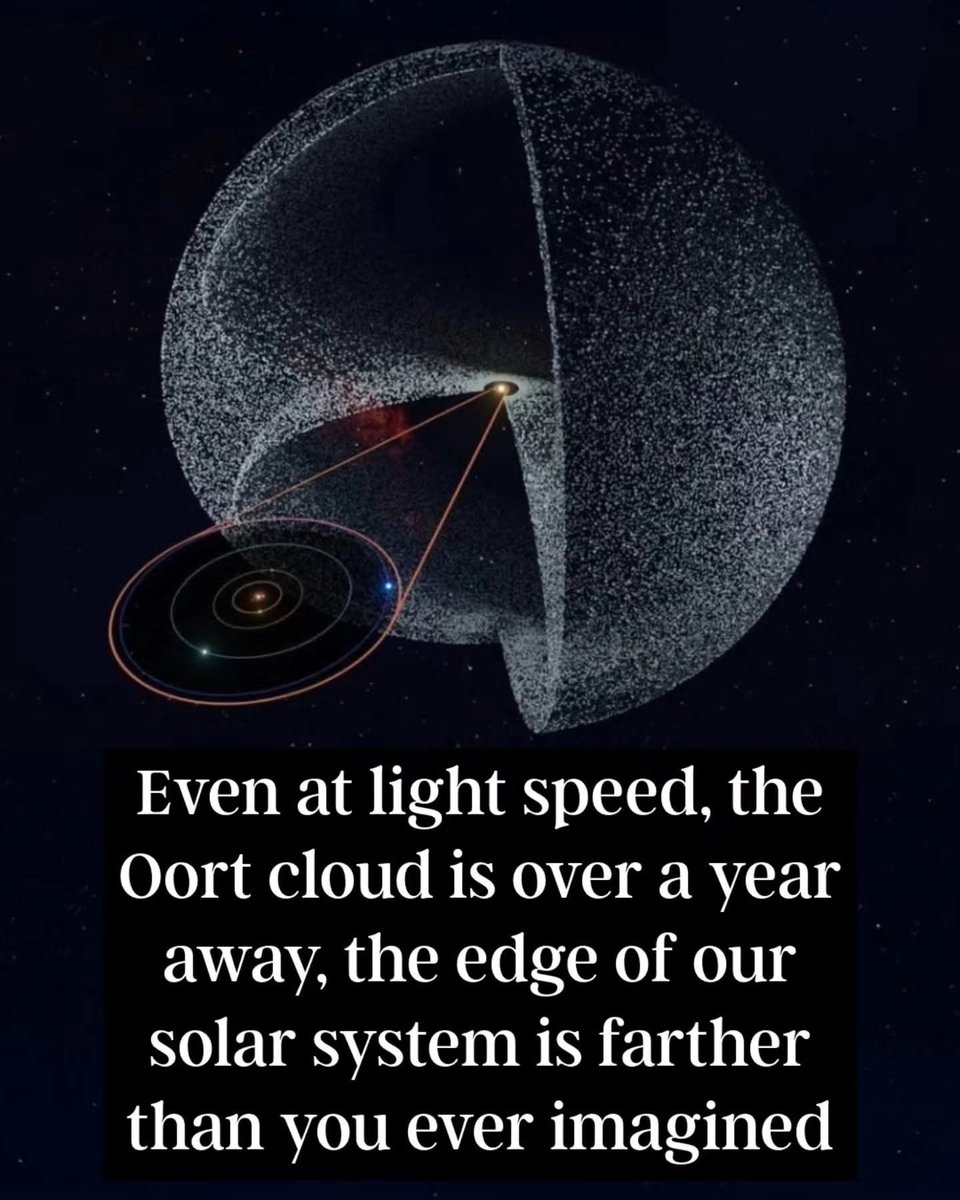
Top Image: That tiny bright dot? That’s Earth — seen from the surface of Mars. A distant evening star shining in a Martian sky. A fragile blue world hanging in cosmic solitude. Bottom Image: As the sun dips below the horizon in Gale Crater, Mars reveals its haunting beauty. The…
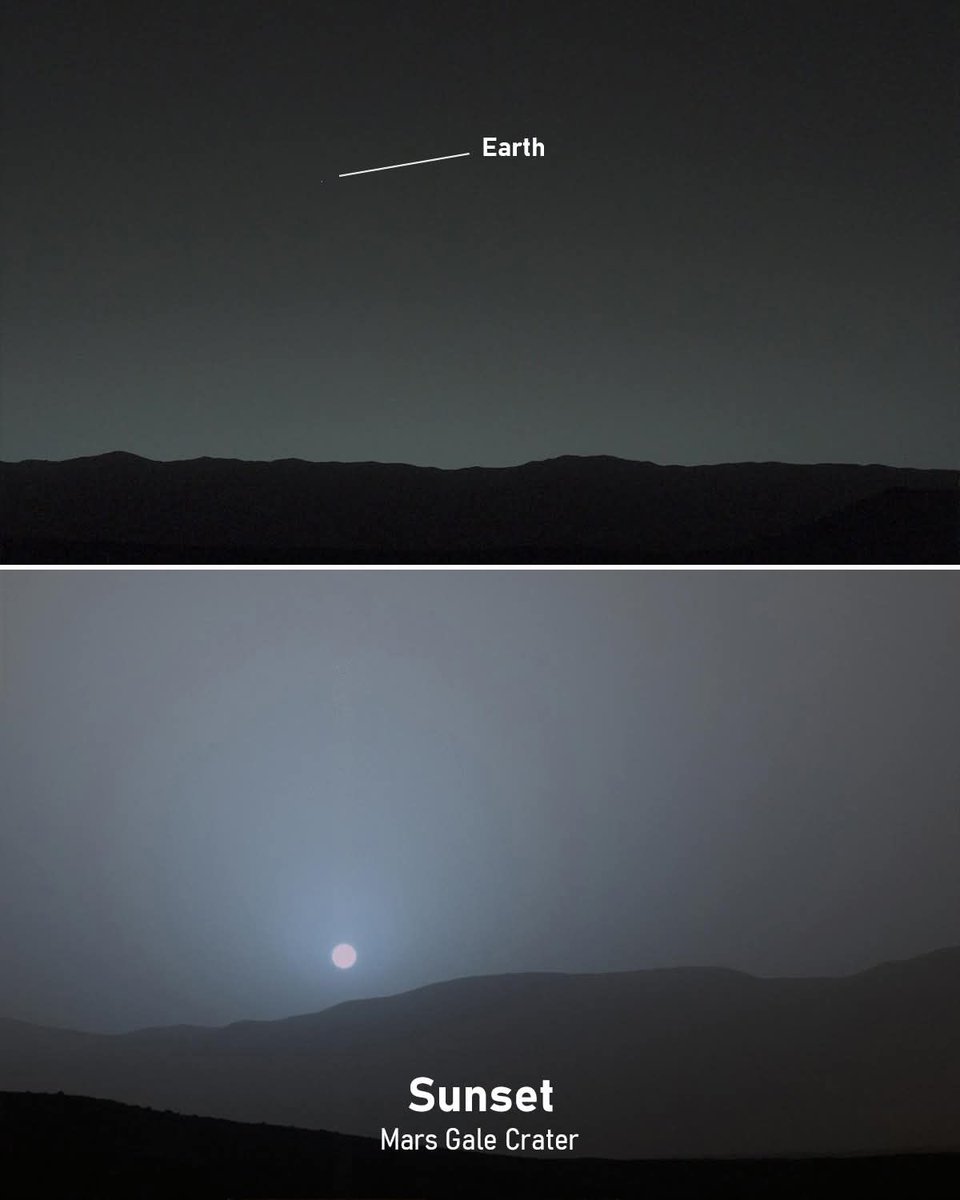
We’ve crossed the midpoint of 2025. Think about that for a moment: the year 2000 — once seen as the future — is now further behind us than 2050 is ahead. It’s a subtle but powerful reminder that time moves quickly — and so does change.
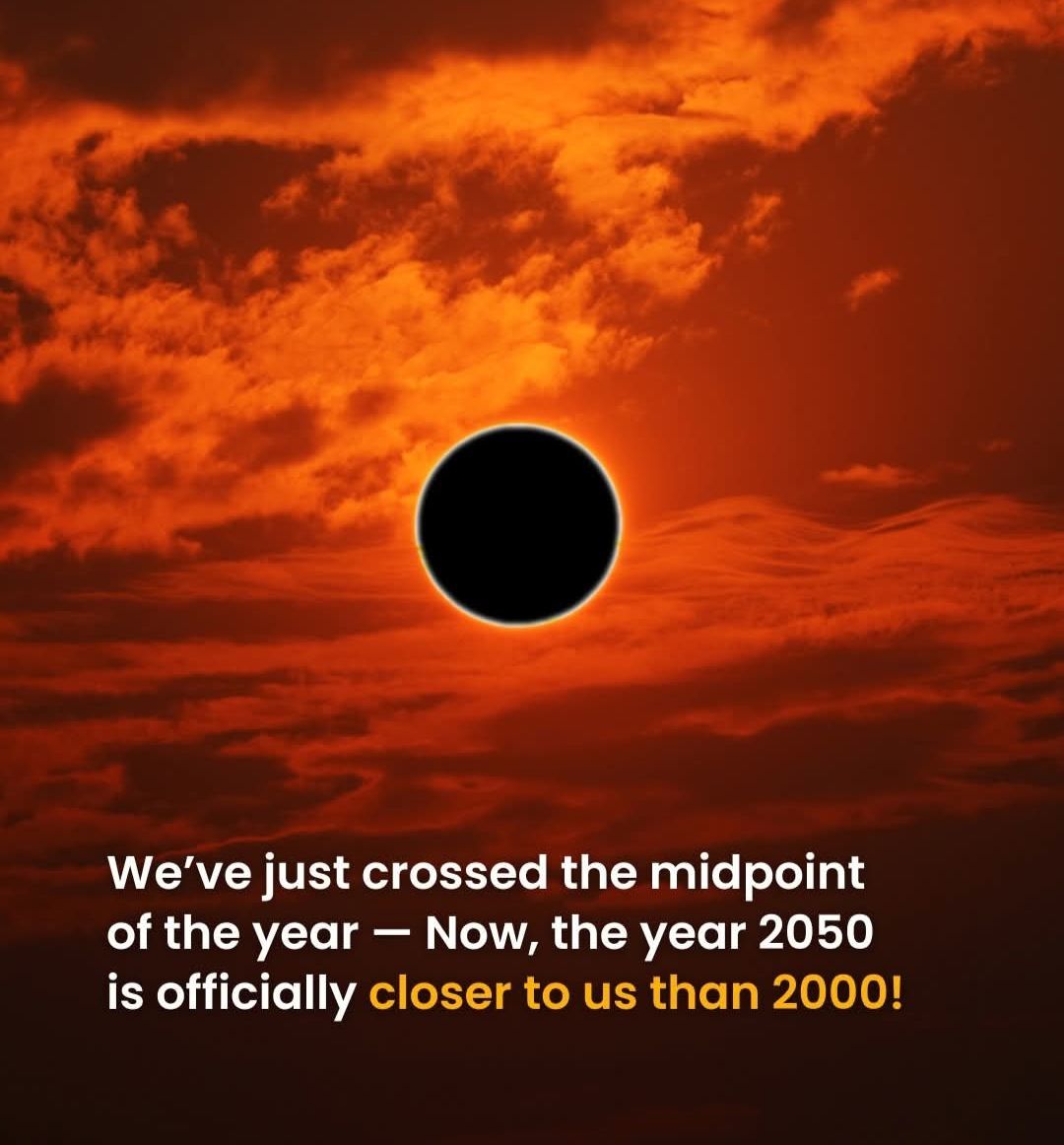
The Many Shades of Jupiter! 🎨 The iconic red spots of Jupiter appear white in this stunning image — and that’s because it was captured in infrared, not visible light. In a visible-light image, those same spots would appear red. The white areas represent clouds at higher…
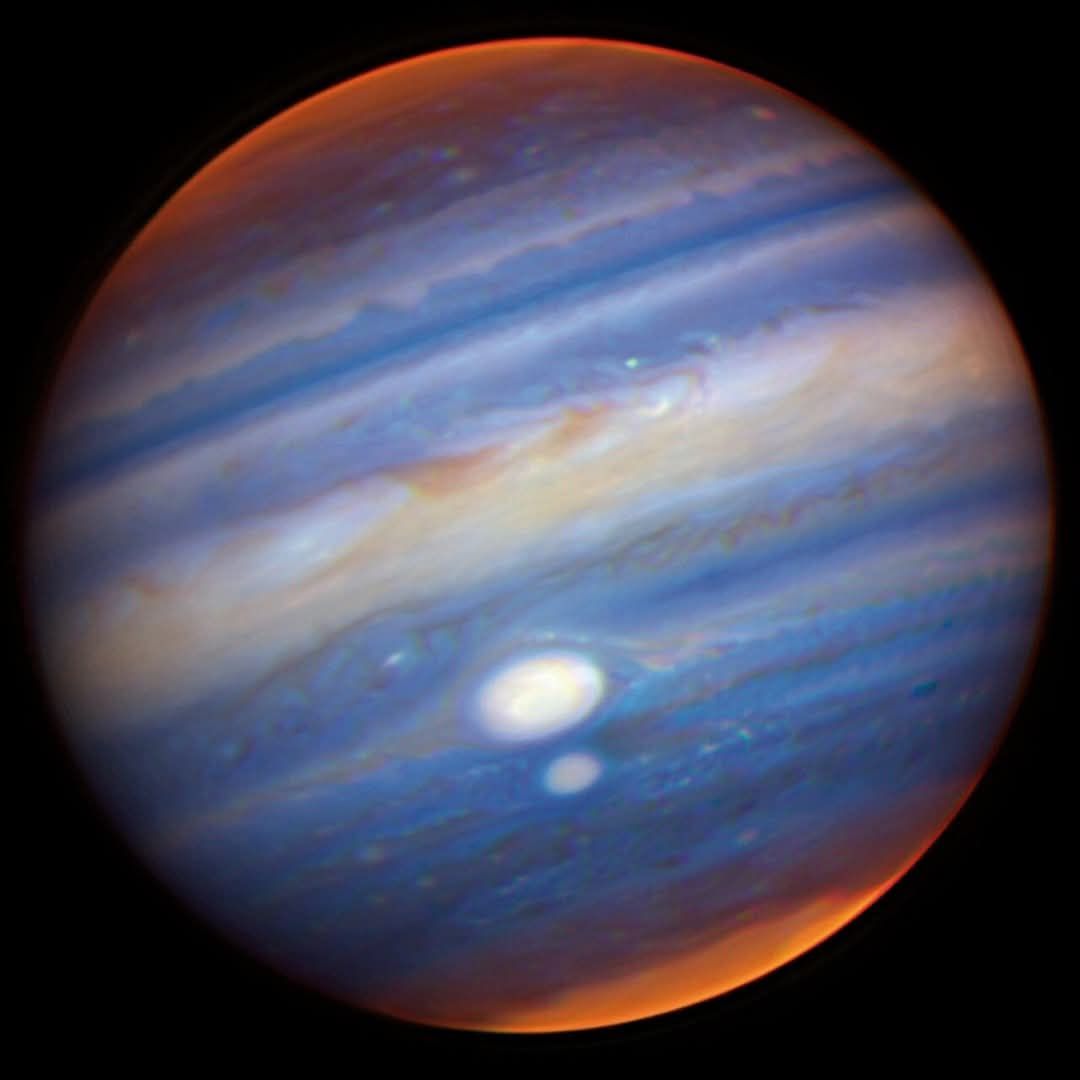
🌎 The Indian Ocean Geoid Low (IOGL), often referred to as a "gravity hole," is one of Earth's most puzzling geophysical features. Located southwest of India, this massive anomaly spans about 3.1 million square kilometers and causes the local sea level to be 106 meters (348…
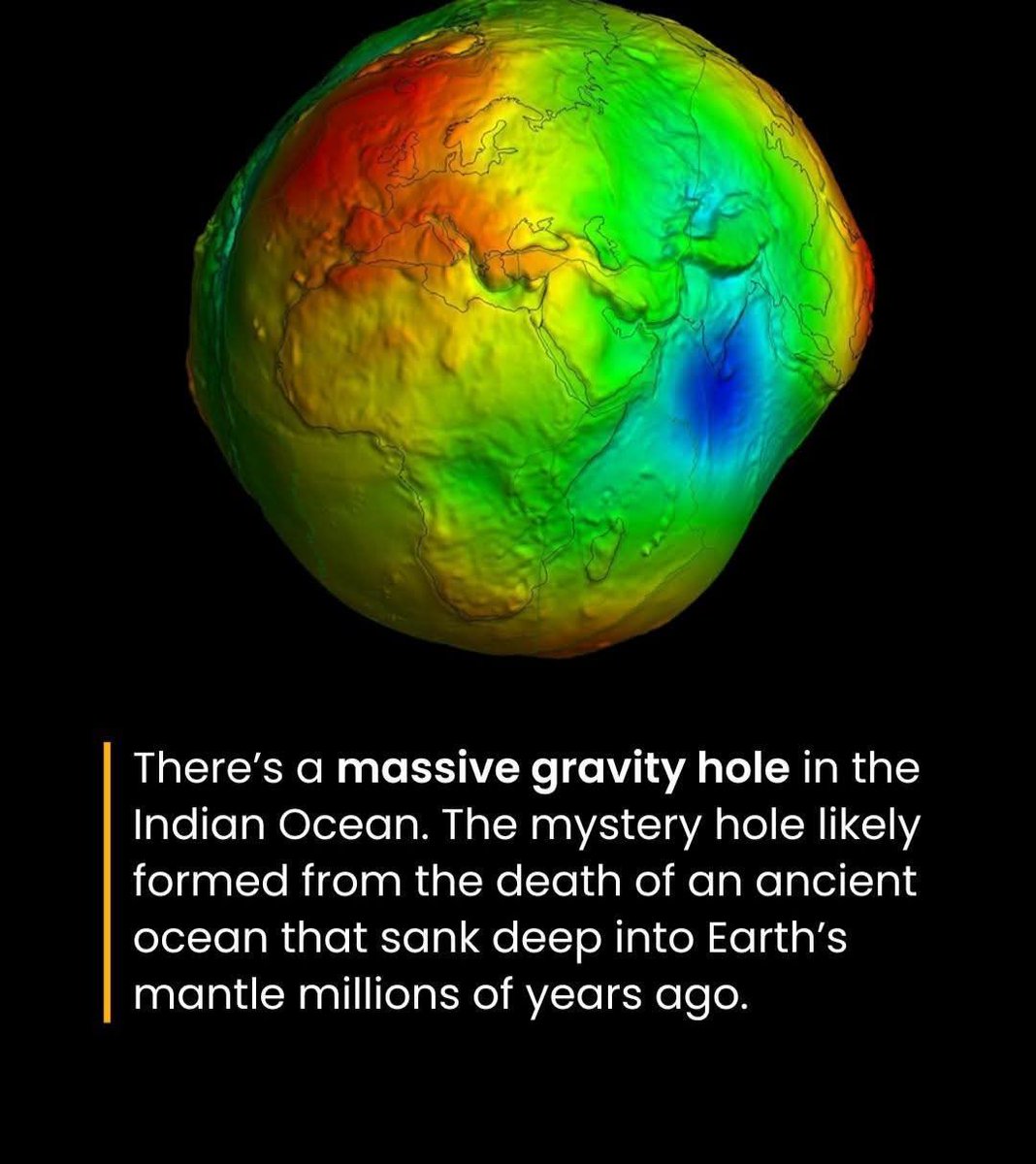
Meet TOI-3757b, a giant gas planet that’s breaking the known rules of planetary science. This Jupiter-sized world, discovered about 580 light-years away in the constellation Auriga, has a shockingly low density — about 0.27 grams per cubic centimeter. That’s fluffier than a…
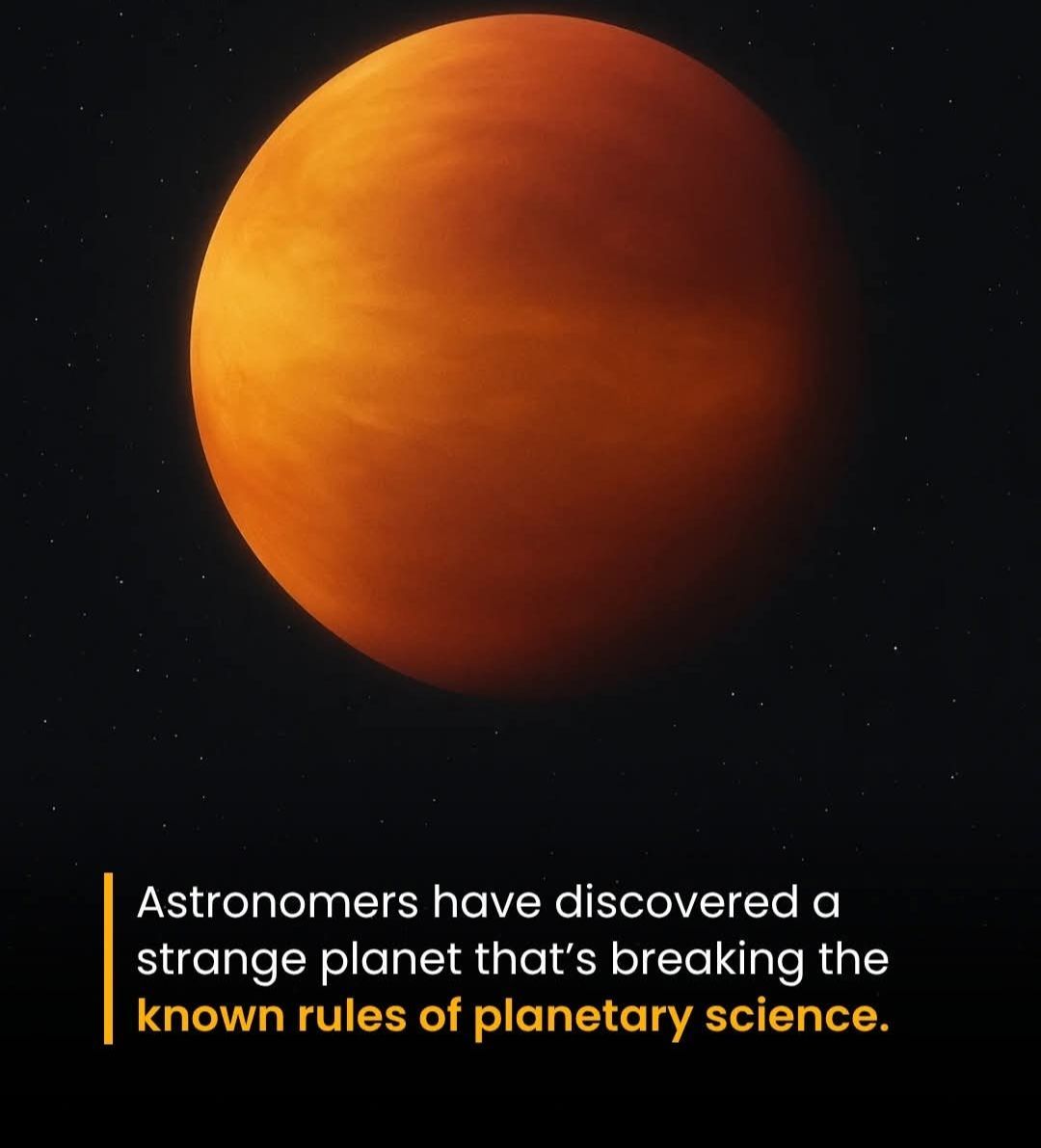
We’ve crossed the midpoint of 2025. Think about that for a moment: the year 2000 — once seen as the future — is now further behind us than 2050 is ahead. It’s a subtle but powerful reminder that time moves quickly — and so does change.
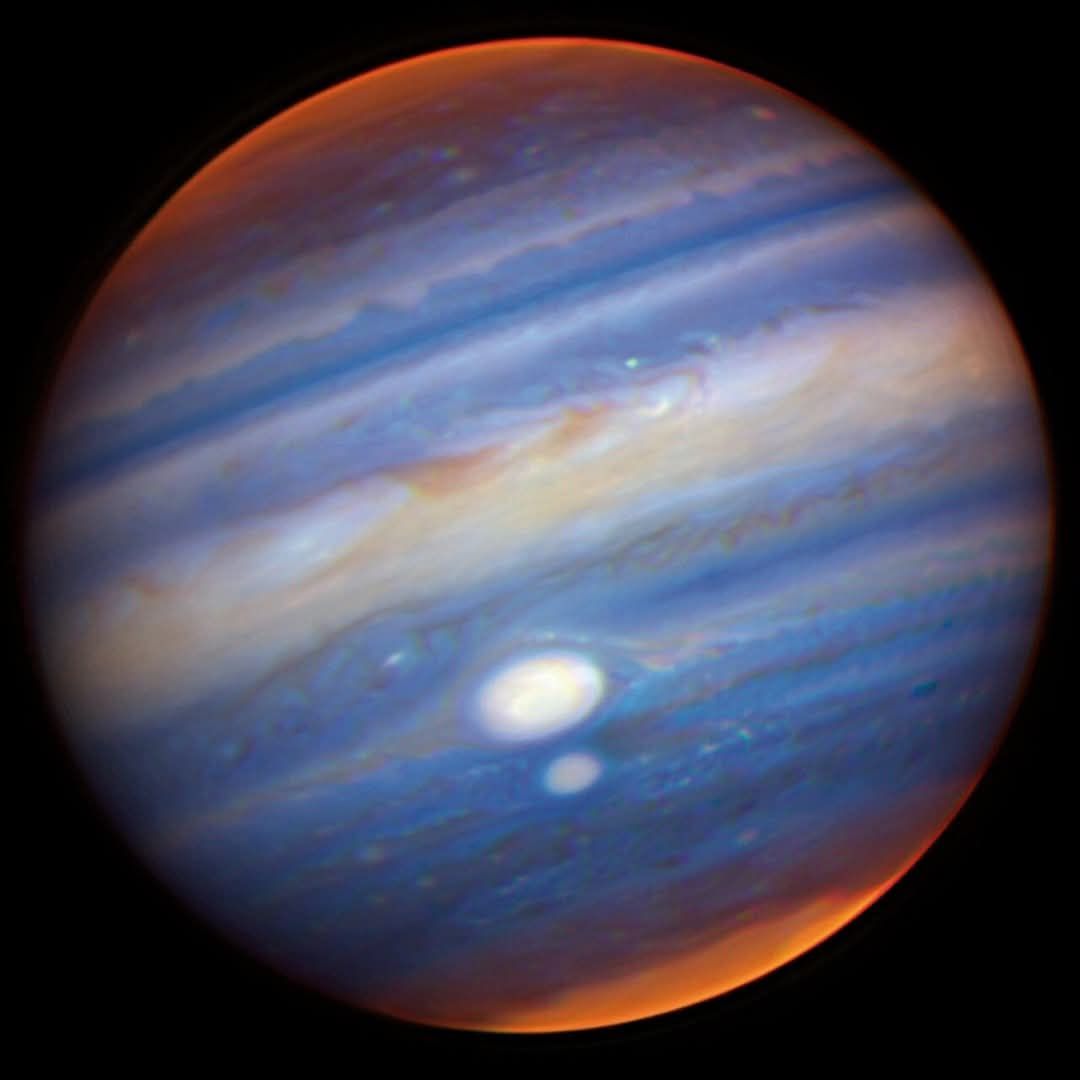
The Midpoint of Time: A Subtle Cosmic Milestone On July 2, 2025, we reach an intriguing point in our calendar the exact midpoint of the year. But this moment marks something even more poetic. From this day forward, the year 2050 lies closer in time than the year 2000. What once…
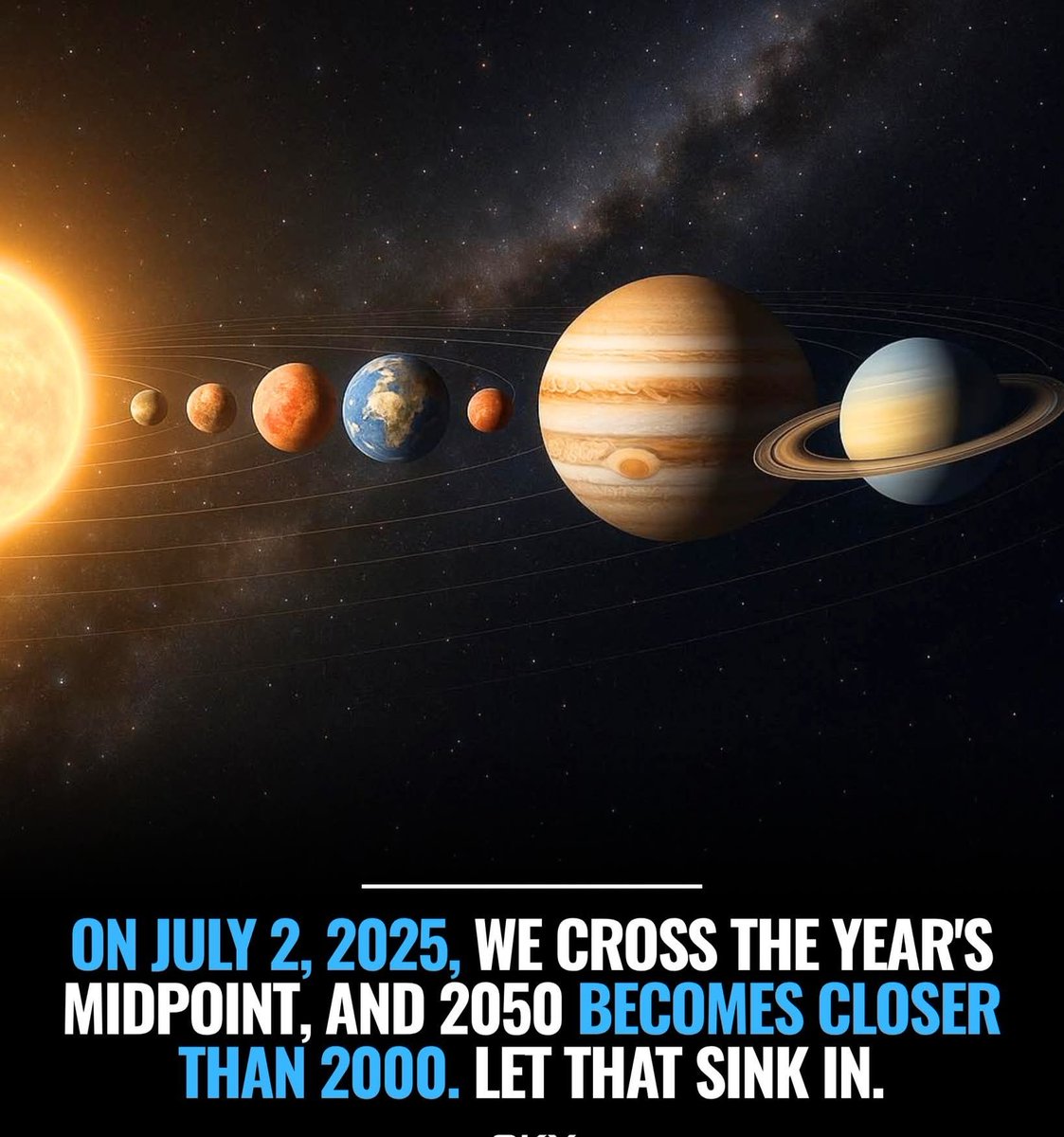
🌹 Rose in Space ✨ The Rosetta Nebula is a stunning cosmic cloud of gas and dust located in the constellation Monoceros, about 5,000 light-years from Earth. Spanning roughly 130 light-years across, this beautiful emission nebula gets its name from its flower-like appearance,…

The Apollo 15 Lunar Roving Vehicle (LRV) at its final parking spot. The rover was 12.9 ft long (3.9 m) and 6 ft wide (1.8 m) and each wheel had a diameter of 2.6 ft. It arrived on the Moon folded into a compact package measuring only 5.5 x 5 x 3 ft, inside one of the quadrants of…
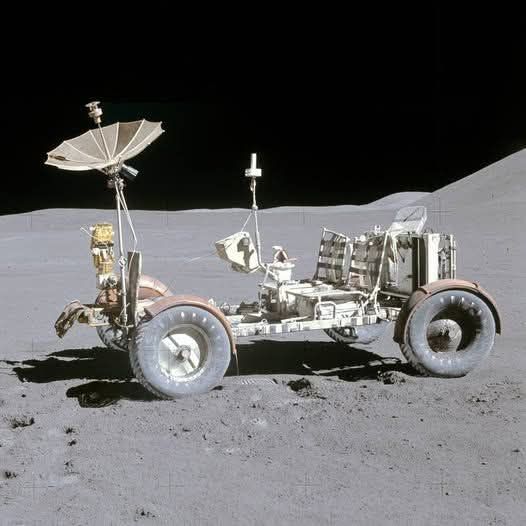
Webb's most recent images released by NASA , displayed in reverse chronological order.
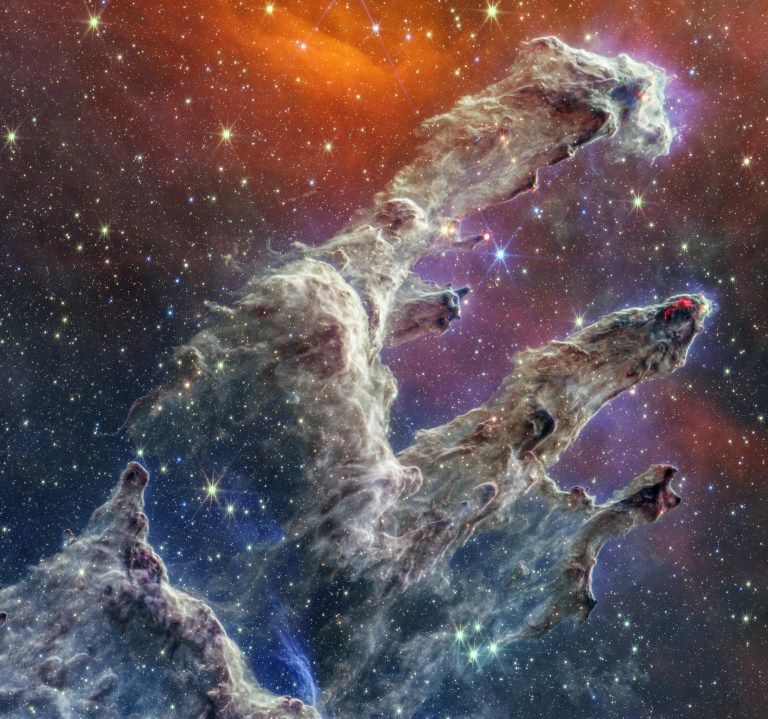
Latest data from South Pole Telescope signal 'new era' for measuring the first light in the universe
